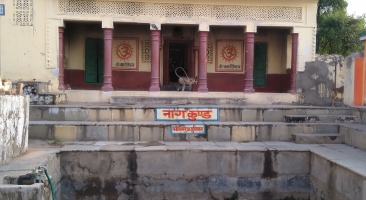Mahabharata is one of the two best-known epics of the Indian subcontinent. Spread over multiple generations and territories, telling of the churning of the sea, of the genealogies of several warriors, devas and asuras, of numerous encounters between devas, rakshasas and humans, and of an epic war which wiped out almost all of its participants, Mahabharata is a vast resource of characters, stories and universally accessible (in India) reference points. It is the parent text of the Bhagwad Gita and is considered a religious text of the Hindus for this reason.
While it is often considered a primarily textual tradition, the striking variety of ways in which the Mahabharata is present in Indian culture indicates otherwise. Recognised under the Indian category, itihasa (history), Mahabharata has a special place and significance in India. It remains vividly present in everyday parlance, and as a form of transmitting cultural knowledge, it is passed on through myriad forms such as songs, sayings, paintings, performances, religious sites and festivals. In addition, the tradition allows for extraordinary diversity, and several communities and regions have their own Mahabharata, with characters and events peculiar to these retellings.
With a focus on Rajasthan, this module explores this aspect of Mahabharata as a living tradition, much more than simply a text. It discusses particular examples of the forms in which the Mahabharata is present in Rajasthan while also reflecting on what Mahabharata is, and its continuing significance in our culture and in our lives today.

